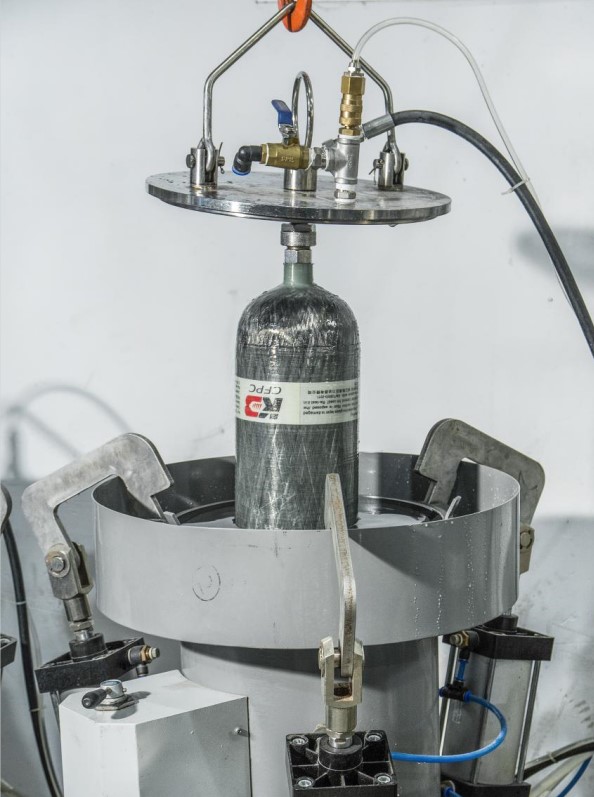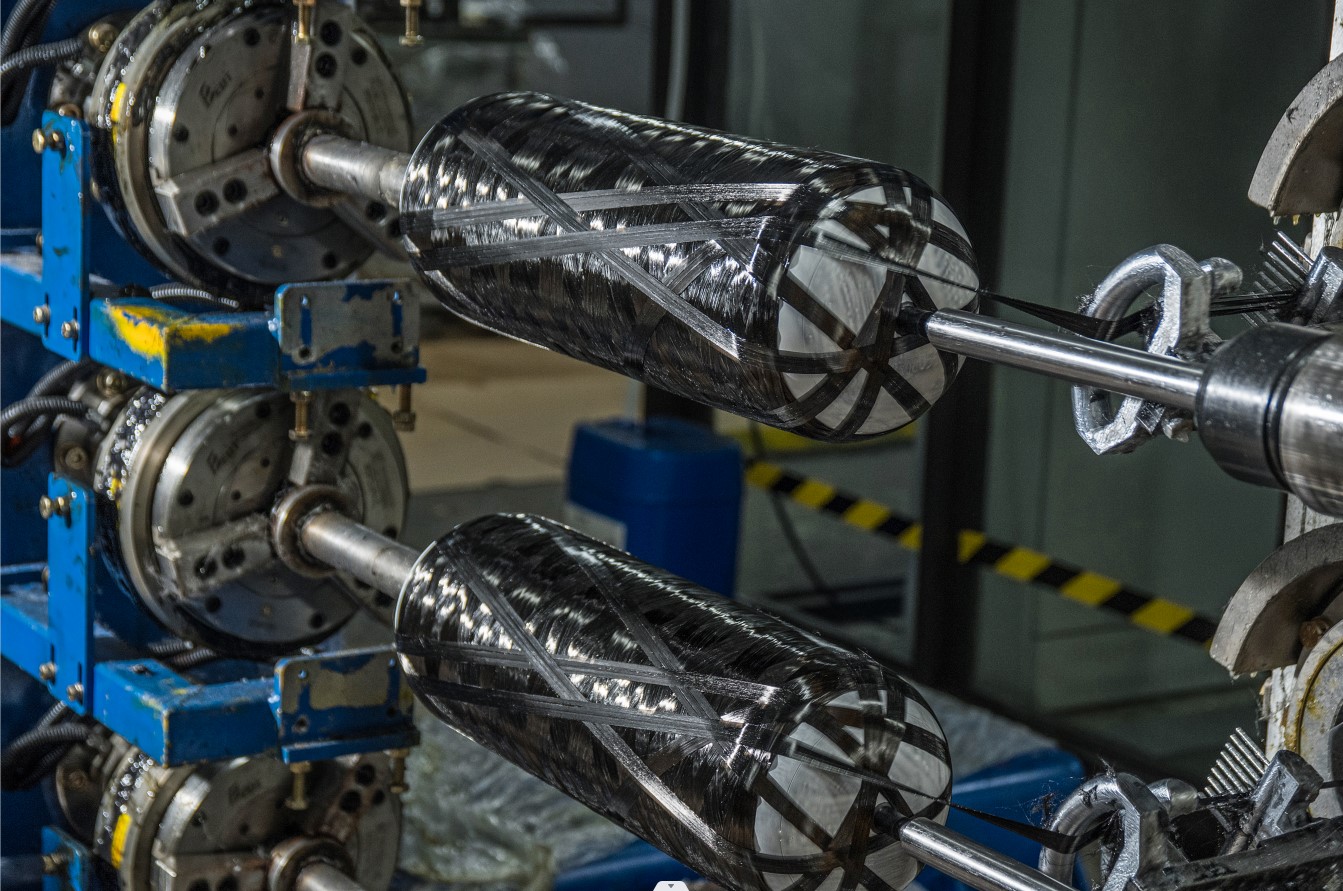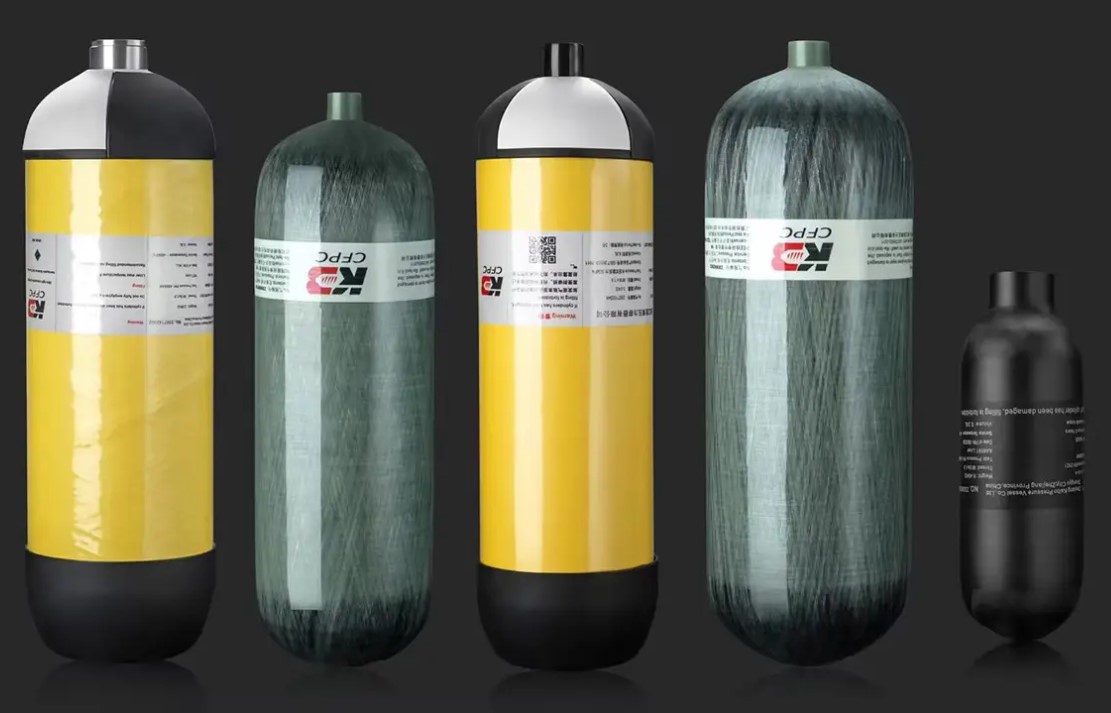Self-Contained Breathing Apparatus (SCBA) tanks are crucial safety equipment used in various industries, including firefighting, rescue operations, and hazardous material handling. These tanks provide a supply of breathable air to users who need to operate in environments where the air is contaminated or oxygen levels are dangerously low. Understanding what SCBA tanks are filled with and the materials used to construct them is essential for appreciating their functionality and ensuring their effective use in emergencies.
What SCBA Tanks Contain
SCBA tanks, also known as cylinders, are designed to store and supply compressed air or oxygen to the wearer. Here’s a detailed look at the contents and construction of these tanks:
1. Compressed Air
Most SCBA tanks are filled with compressed air. Compressed air is air that has been pressurized to a higher level than atmospheric pressure. This pressurization allows a significant amount of air to be stored in a relatively small tank, making it practical for use in various situations. Compressed air in SCBA tanks typically consists of:
- Oxygen: About 21% of the air is oxygen, which is the same percentage found in the atmosphere at sea level.
- Nitrogen and Other Gases: The remaining 79% is made up of nitrogen and trace amounts of other gases found in the atmosphere.
The compressed air in SCBA tanks is purified to remove impurities, ensuring it is safe for breathing even in contaminated environments.
2. Compressed Oxygen
In some specialized SCBA units, the tanks are filled with pure compressed oxygen instead of air. These units are used in specific scenarios where a higher concentration of oxygen is needed or where the air quality is severely compromised. Compressed oxygen is generally used in:
- Medical Emergencies: Where pure oxygen might be required for patients with respiratory issues.
- High Altitude Operations: Where the oxygen levels are lower, and a higher concentration of oxygen is beneficial.
Construction of SCBA Tanks
SCBA tanks are designed to withstand high pressures and harsh conditions. The choice of materials used in the construction of these tanks is crucial for their performance and safety. Carbon fiber composite cylinders are a popular choice due to their superior properties. Here’s a closer look at these materials:
1. Carbon Fiber Composite Cylinders
Carbon fiber composite cylinders are widely used in SCBA systems due to their strength and lightweight properties. The main components of these cylinders include:
- Inner Liner: The inner liner of the cylinder, typically made from materials like aluminum or plastic, holds the compressed air or oxygen.
- Carbon Fiber Wrap: The outer layer of the cylinder is made from carbon fiber composite material. Carbon fiber is a strong, lightweight material that provides high strength-to-weight ratio and resistance to impact and corrosion.
Advantages of Carbon Fiber Composite Cylinders:
- Lightweight: Carbon fiber cylinders are much lighter compared to traditional steel or aluminum cylinders. This makes them easier to carry and handle, which is especially important in high-intensity situations like firefighting or rescue operations.
- High Strength: Despite being lightweight, carbon fiber composite cylinders are incredibly strong and can withstand high pressures. This ensures that the cylinder can safely hold the compressed air or oxygen without risk of rupture.
- Durability: Carbon fiber is resistant to corrosion and damage from environmental factors. This adds to the longevity of the cylinders, making them reliable even in harsh conditions.
- Efficiency: The design of carbon fiber cylinders allows them to store more air or oxygen in a smaller space, providing users with a more compact and efficient breathing apparatus.
2. Other Materials
- Aluminum Liner: Some SCBA tanks use an aluminum liner, which is lighter than steel and provides good resistance to corrosion. These tanks are often wrapped with a composite material, like fiberglass or carbon fiber, to enhance their strength.
- Steel Tanks: Traditional SCBA tanks are made from steel, which is strong but heavier than aluminum or composite materials. Steel tanks are still used in some applications but are gradually being replaced by lighter alternatives.
Maintenance and Safety
Ensuring the SCBA tanks are filled correctly and maintained properly is critical for safety and performance:
- Regular Inspections: SCBA tanks should be inspected regularly for signs of wear or damage. This includes checking for dents, cracks, or other issues that could compromise the tank’s integrity.
- Hydrostatic Testing: SCBA tanks must undergo periodic hydrostatic testing to ensure they can withstand the high pressures they are designed for. This involves filling the tank with water and pressurizing it to check for leaks or weaknesses.
- Proper Filling: Tanks should be filled by trained professionals to ensure that the air or oxygen is compressed to the correct pressure and that the tank is safe to use.
Conclusion
SCBA tanks play a vital role in providing breathable air or oxygen in hazardous environments. The choice of material for these tanks significantly impacts their performance. Carbon fiber composite cylinders have become a popular option due to their lightweight, high strength, and durability. They offer significant advantages over traditional steel or aluminum tanks, including easier handling and improved safety. Regular maintenance and proper handling of these tanks ensure their reliability and effectiveness, making them essential for safety in various emergency and industrial applications.
Post time: Sep-02-2024



